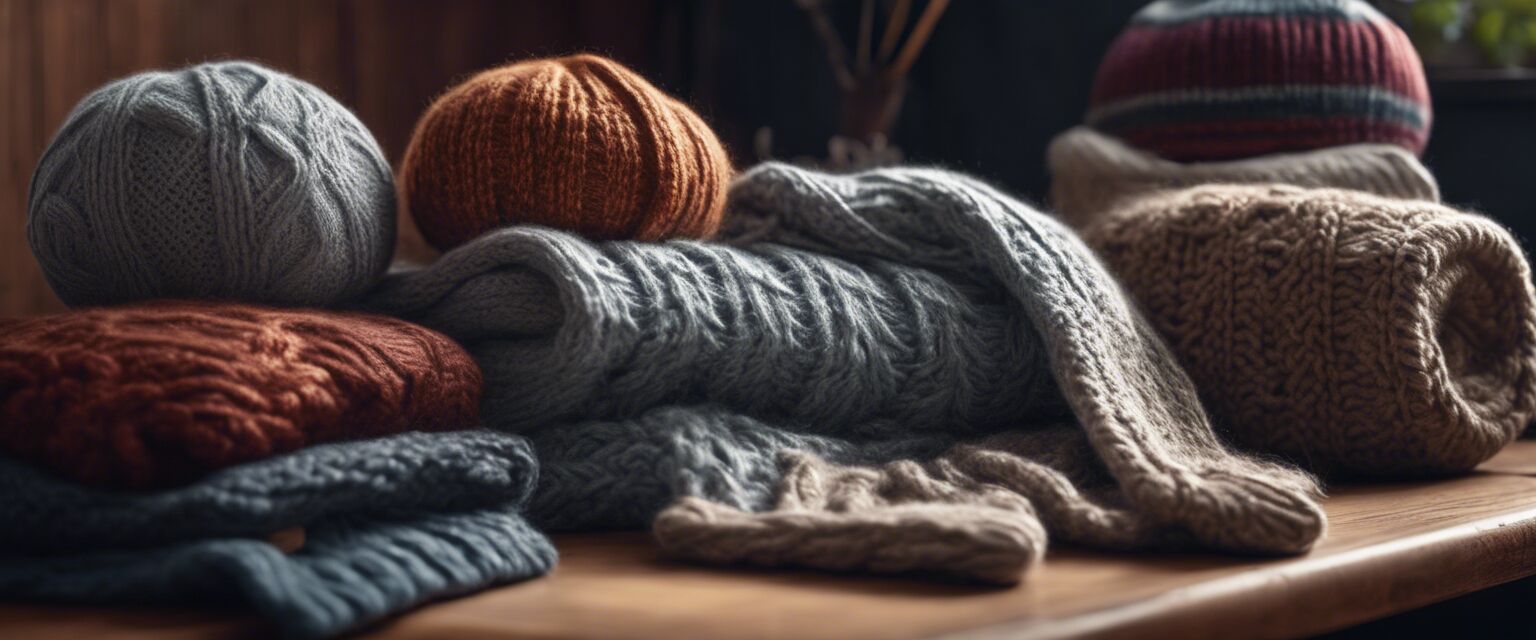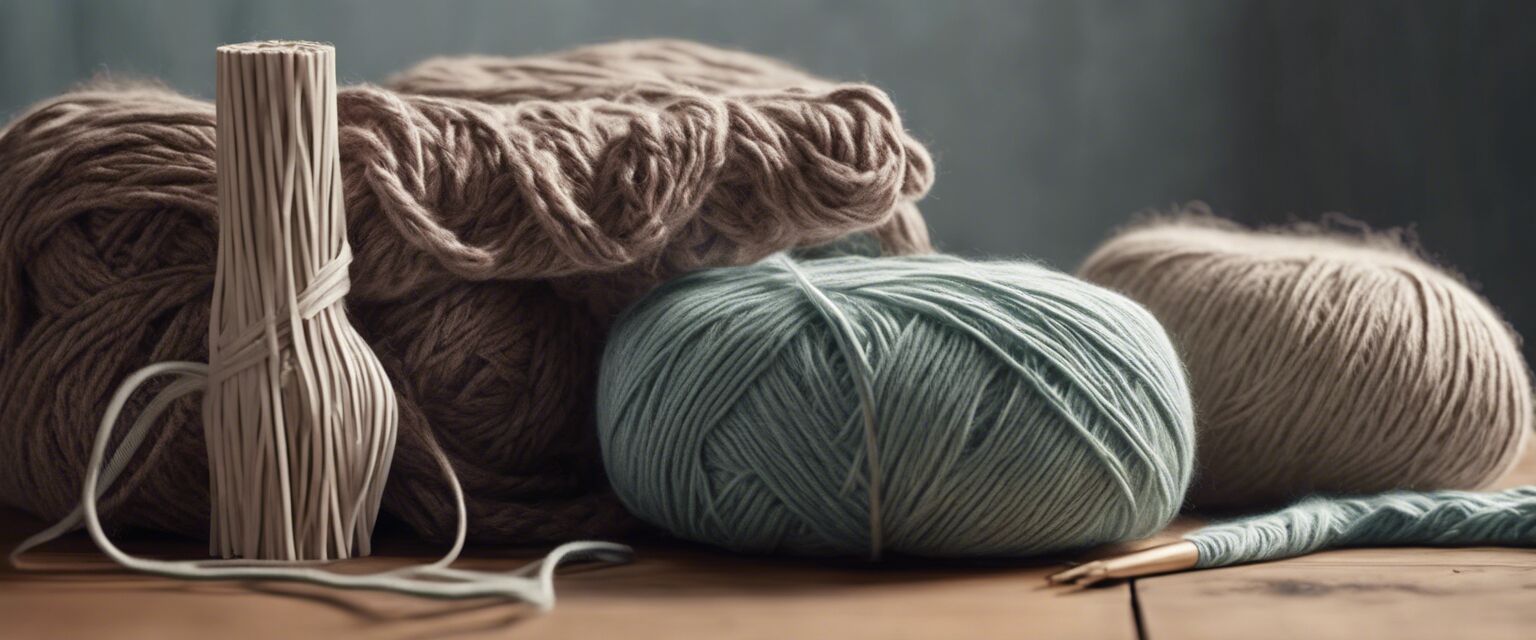
Yarn and Fibers: Your Ultimate Guide
Key Takeaways
- Understanding yarn and fiber types is crucial for successful knitting projects.
- Different fibers offer varying qualities like softness, durability, and warmth.
- Choosing the right yarn involves considering your project's requirements and personal preferences.
- Yarns come in various weights, textures, and compositions, affecting the final appearance of your work.
- Explore our comprehensive guides for in-depth insights on yarns and fibers, accessories, and patterns.
Welcome to "Your Knitting Heaven," your vibrant online destination for all things knitting! In this article, we delve into the fascinating world of yarn and fibers. Whether you're just starting your knitting journey or you're a seasoned crafter looking to expand your knowledge, understanding the differences in yarn and fiber types can greatly enhance your projects.
Types of Fibers
Fibers used in yarn come in many forms, categorized primarily into two main types: natural and synthetic. Understanding these can help you choose the best yarn for your needs.
| Fiber Type | Characteristics | Common Uses |
|---|---|---|
| Wool | Warm, elastic, and breathable | Sweaters, hats, and blankets |
| Cotton | Soft, cool, and absorbent | Summer garments, dishcloths, and baby items |
| Acrylic | Durable, affordable, and easy to care for | Amigurumi, toys, and seasonal items |
| Linen | Strong, breathable, and absorbent | Shawls, summer clothing, and home decor |
| Silk | Luxurious, soft, and shiny | Elegant garments and accessories |
In addition to natural and synthetic types, yarn can also be blended to combine the best properties from both. For example, a wool-acrylic blend offers the warmth of wool along with the ease of care of acrylic. When selecting a yarn for a specific project, always consider the fiber content and what you desire from your finished item.

Choosing the Right Yarn
Choosing the right yarn can sometimes feel overwhelming due to the myriad options available. Here are some key factors to consider:
- **Project Type**: What are you making? A heavy winter sweater will require different yarn than a light summer top.
- **Fabric Weight**: The weight of the yarn determines the thickness of your project; common categories include lace, fingering, sport, worsted, and bulky.
- **Allergies and Preferences**: Be mindful of allergies. For instance, some individuals may have sensitivities to wool.
- **Care Instructions**: Consider how much care you're willing to do after creating your piece. Some fibers are machine washable while others are not.
- **Color and Texture**: Your personal style matters! Choose colors and textures that resonate with you and your project.
Tips for Beginners
- Start with a medium-weight yarn like worsted for your first projects; it's easy to handle.
- Choose lighter colored yarns. They are easier to work with, as they allow you to see stitches more clearly.
- Practice swatching to determine your gauge before starting a large project.
- Experiment with different fibers to understand how they work and how they feel in your hands.
- Keep a basic toolkit of needles and a variety of yarns to play with small projects and techniques.
Understanding Yarn Weight
Yarn weight directly affects the look, feel, and drape of your knitting. Below is a simplified chart of yarn weights along with suggested uses:
| Yarn Weight | Description | Recommended Projects |
|---|---|---|
| lace | Very fine, delicate strands; best for intricate patterns | Lace shawls, doilies |
| Fingering | Lightweight and perfect for detail work | Socks, lightweight garments |
| Sport | Medium thickness, great for garments | Knit tops, baby clothes |
| Worsted | Standard thickness; versatile for many projects | Afghans, sweaters |
| Bulky | Thicker yarn that works up quickly | Warm hats, scarves |
Best Practices for Caring for Yarn
You want your knitted items to last, so itâs essential to understand how to care for them based on the yarn composition:
- For **wool**, hand wash in cool water and lay flat to dry to avoid felting.
- **Cotton** items can typically be machine washed but should be air-dried to prevent shrinkage.
- **Acrylic** is often the most durable and can be machine washed and dried, but use a low heat to avoid melting.
- **Silk** should be hand washed with care, using gentle detergent to keep it looking vibrant.
- For **linen**, wash gently and lay flat to dry, as it can become worn easily with rough treatment.

Conclusion
Yarn and fibers are at the heart of every beautiful knitting project. Understanding the different types, weights, and how to choose the right one can elevate your crafting and inspire your creativity. Explore our various products to find the perfect yarn for your next masterpiece, and don't forget to check our tools and kits to enhance your knitting experience.
Pros
- Diverse options available to suit every preference and project.
- High-quality fibers can greatly enhance the look and feel of knitted items.
- Easy to find hundreds of options at local craft stores or online.
Cons
- Some quality yarns can be expensive.
- Understanding terminology and weights can be confusing for beginners.
- Certain fibers require special care, making maintenance essential.












